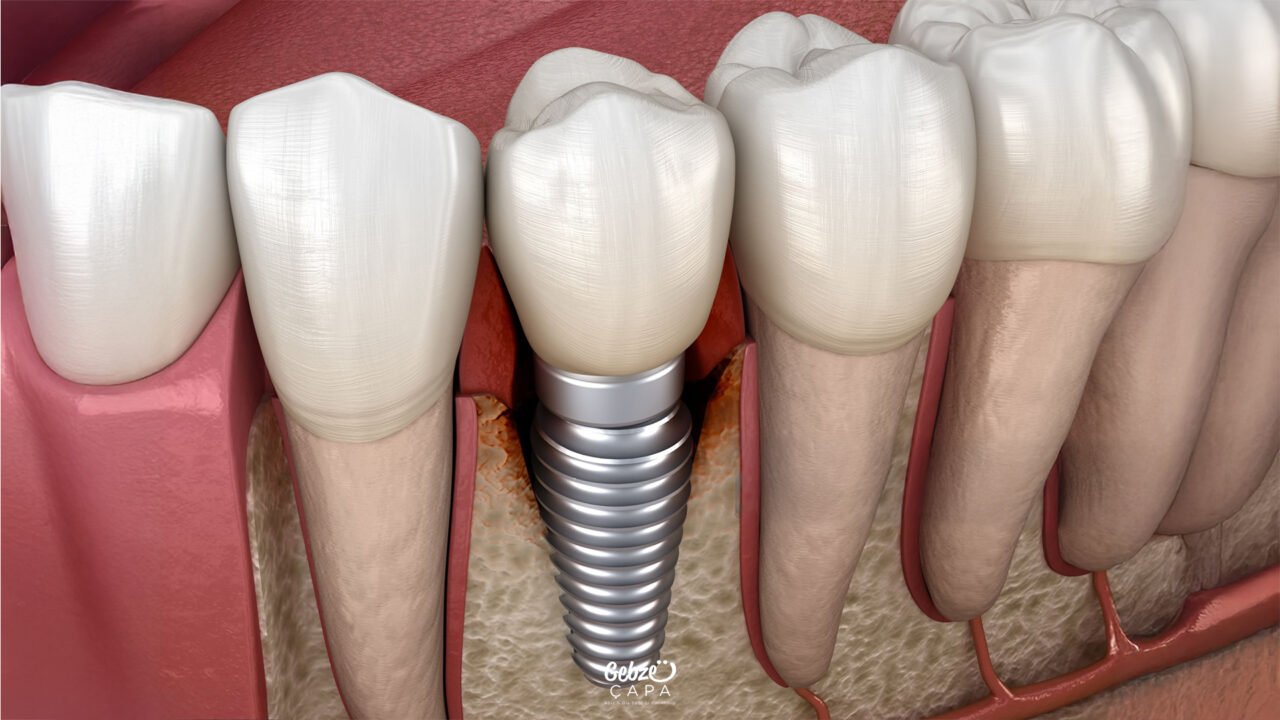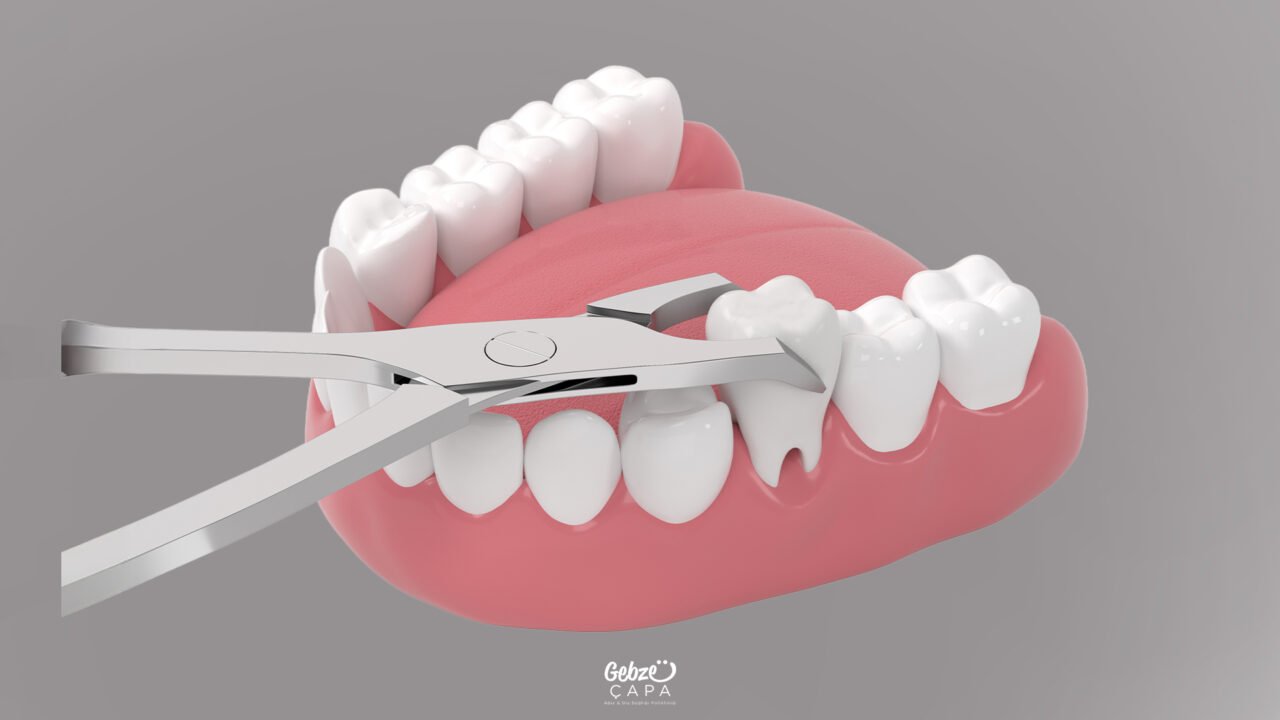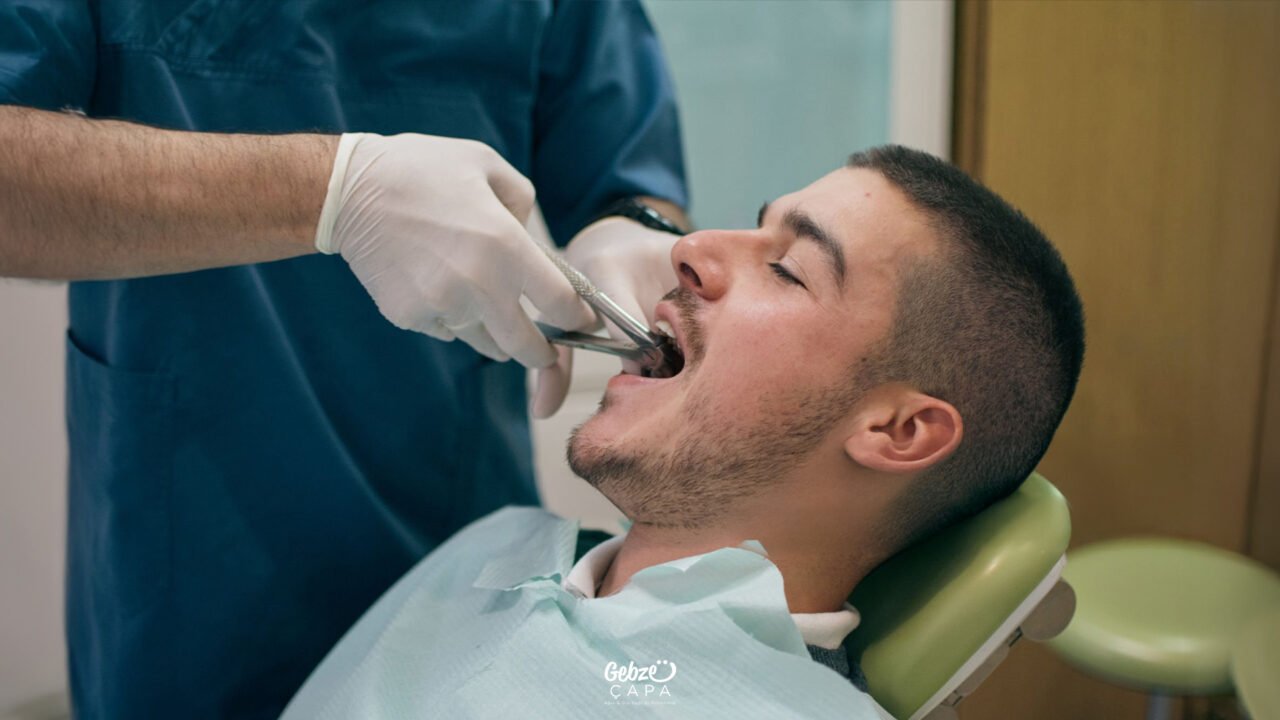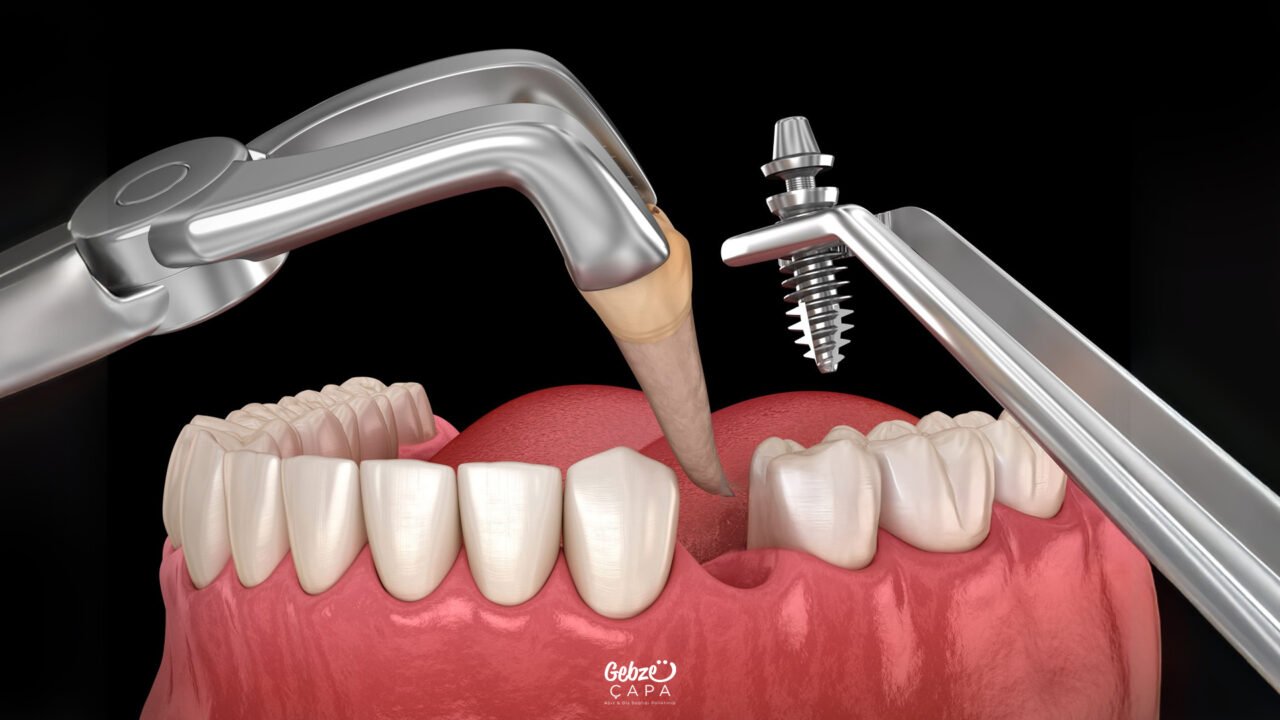When is an Implant Used to Replace an Extracted Tooth?
Tooth loss is a condition that directly impacts many people’s quality of life, with significant consequences not only for aesthetics but also for chewing, speech, and overall oral health. A missing tooth can, over time, displace other teeth, cause bone loss in the jaw, and even cause noticeable changes in facial structure. This is precisely where dental implants, one of the most effective and permanent solutions offered by modern dentistry, come into play.
However, when deciding on implant treatment, there is one question that patients frequently ask their dentists: “Can an implant be placed immediately to replace the extracted tooth, or do I need to wait a certain period?” This question is crucial not only for planning the treatment process but also because it directly impacts patients’ social lives and daily habits.
The timing of implant placement depends on more factors than one might think. Post-extraction bone structure, gum health, the reason for the extraction, and even the patient’s general health can all play a role. Therefore, to determine the right timing, it’s essential to first understand the logic behind implant treatment, its relationship with the jawbone, and the healing process.
What is an Implant and Why Do We Recommend It?
An implant is an artificial tooth root, usually made of titanium, placed in the jawbone to restore the function and aesthetics of a lost tooth. A prosthetic tooth (crown) placed on this artificial root provides a very similar appearance and function to a natural tooth. Implant treatment is considered the most permanent and reliable solution for replacing a lost tooth. It also restores chewing function, prevents nutritional deterioration, and supports speech function.

Additionally, unlike traditional bridgework, adjacent teeth don’t need to be cut down, allowing healthy teeth to be preserved. Their natural aesthetic appearance boosts self-confidence, and their ability to last for many years with proper care is a key advantage that distinguishes implants from other treatment methods.
Why Is Timing Important in Implant Placement After Tooth Extraction?
The timing of the implant placement after tooth extraction is one of the most important factors that directly affects the success of the treatment. While the area where the extracted tooth was located begins to heal quickly, the jawbone also begins a natural process of bone resorption. This resorption progresses more rapidly, especially in the first few months, and can lead to a significant loss of bone volume over time. If the implant is placed too long, this loss of bone tissue can make it difficult, or even impossible, for the implant to properly attach.
In such cases, additional surgical procedures may be necessary to accommodate the implant. These procedures, such as reconstruction with bone grafts or a sinus lift in the upper jaw, prolong the treatment process, increase costs, and complicate the patient’s recovery. Therefore, appropriately placing an implant after tooth extraction not only increases the success of the treatment but also ensures a smoother, faster, and more comfortable recovery.
Can Implants Be Placed Immediately After Tooth Extraction?
In some cases, tooth extraction and implant placement can be performed in the same session, and this method is called “immediate implants.” However, it is not suitable for every patient, as several important conditions must be met for this treatment to be successful. First and foremost, the tooth extraction must be performed in a trauma-free and controlled manner, there must be no active infection at the extraction site, and the jawbone must have sufficient density and volume to support the implant.
Furthermore, the patient’s general health must also be suitable for implant surgery. When selected in suitable patients, this method significantly shortens treatment time, significantly prevents bone loss, reduces the need for additional surgical procedures, and provides psychological and social comfort, particularly in the anterior region, by eliminating the period of edentulousness for aesthetic reasons.
However, as with every advantageous method, the immediate implant also has some disadvantages; for example, the success rate may decrease in areas at risk of infection, and the procedure must be performed by an experienced physician due to higher surgical precision.

Is It Necessary to Wait for an Implant?
In some cases, it is necessary to wait a period of time after tooth extraction before placing an implant. This is usually 4–8 weeks. During this time, the soft tissues heal and the bone surface smoothes. In more advanced cases (for example, if there is a severe infection or bone loss), this period may extend up to 3–6 months.
The main reasons for waiting are:
- Active infection at the extraction site.
- The bone is too thin or insufficient.
- Damage to the bone walls during the extraction.
- The patient’s systemic health problems (uncontrolled diabetes, use of blood thinners, etc.).
Can Implants Be Placed If the Jawbone Is Insufficient?
If the bone structure at the extraction site is not strong enough to support an implant, a bone graft must first be performed to strengthen the area. This procedure, commonly known as “bone powder,” increases the volume of the jawbone, allowing the implant to be placed more securely. A waiting period of 3 to 6 months is usually required after the grafting procedure for the bone tissue to adapt to the new structure and gain sufficient strength.
- What Happens If Implants Are Not Placed for a Long Time After Tooth Extraction?
- The jawbone will resorb over time.
- The gums may recede.
- Neighboring teeth will shift into the space, causing crowding.
- More complex and costly surgical procedures may be required.

What Should You Consider Before and After Implant Treatment?
When planning implant placement after tooth extraction, it’s important to pay attention to certain points to ensure both the success of the treatment and the smooth progress of the healing process. The most appropriate timing and method for each patient can only be determined through a detailed medical evaluation, as jaw structure, bone density, and overall health vary from person to person. Smoking is one of the most significant factors that negatively impacts the healing process; therefore, it’s recommended to quit for the duration of treatment if possible.
Furthermore, careful oral hygiene reduces the risk of infection and contributes to the longevity of the implant. Keeping systemic conditions such as diabetes and high blood pressure under control is also crucial for the safety of the procedure. In cases of low bone density, the doctor may recommend additional treatment methods to ensure a more secure implant placement. Please contact us immediately to schedule an appointment.


